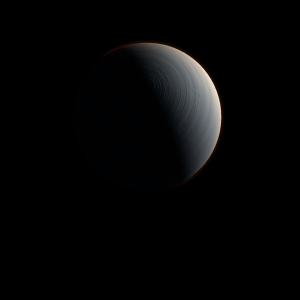|
|
Space Astro
|
Info for exoplanet "Raslind"
| Scientific (actual) data |
|---|
| Planet | HAT-P-51 b |
| Planet status | Confirmed |
| Planet mass | 0.309 |
| Mass sini | 0.309 |
| Radius | 1.293 |
| Orbital period | 4.21803 |
| Semi major axis | 0.05069 |
| Orbit eccentricity | 0.123 |
| Inclination | 88.48 |
| Discovered | 2015 |
| Updated | 2015-08-17 |
| Tzero tr | 2456190 |
| Tzero tr sec | 2456200 |
| Impact parameter | 0.277 |
| K | 39.5 |
| Temperature (kelvin) | 1192 |
| Publication | Published in a refereed paper |
| Detection type | Primary Transit |
| Mass detection type | Radial Velocity |
| Radius detection type | Primary Transit |
| Star name | HAT-P-51 |
| Right ascension | 21.07° |
| Declination | 32.81° |
| Mag v | 13.44 |
| Star distance | 470 |
| Star metallicity | 0.27 |
| Star mass | 0.976 |
| Star radius | 1.041 |
| Star age | 8.2 |
| Star temperature | 5449 |
| Star alternate names | 2MASS 01241564+3248387, GSC 2296-00637 |
| Wikipedia article | HAT-P-51 b |
Back
| |
| Fictional info (?) |
|---|
| Suggested name | Raslind |
| Planet type | Hot gas giant |
| Raslind and Theus Helene are hot gas giants rich in ice. The interior of Raslind is mainly composed of ices and magma. This hot gas giant is named after the deity Raslind, the creator of the underworld.
It has the densest atmosphere of the three hot gas giants, consisting mostly of ethane. Raslind is shrouded by an opaque layer of highly reflective clouds of sulfuric acid, preventing its surface from being seen from space in visible light.
There are ongoing investigations assessing the present habitability potential of Raslind, as well as the possibility of extant life. |
| Atmosphere | Ethane | 51% |
| Carbon monoxide | 25% |
| Neon | 21% |
| Oxygen | 1.5% |
| Nitric oxide | 0.021% |
| Atmospheric pressure | 2.3 bar |
 |
| Moon | Medeia'pe | Very small potato shaped oceanic planetoid |
| Roncal-de | Huge round oceanic moon |
| Google search for Raslind |
|
Website by Joachim Michaelis
|
|
|
|